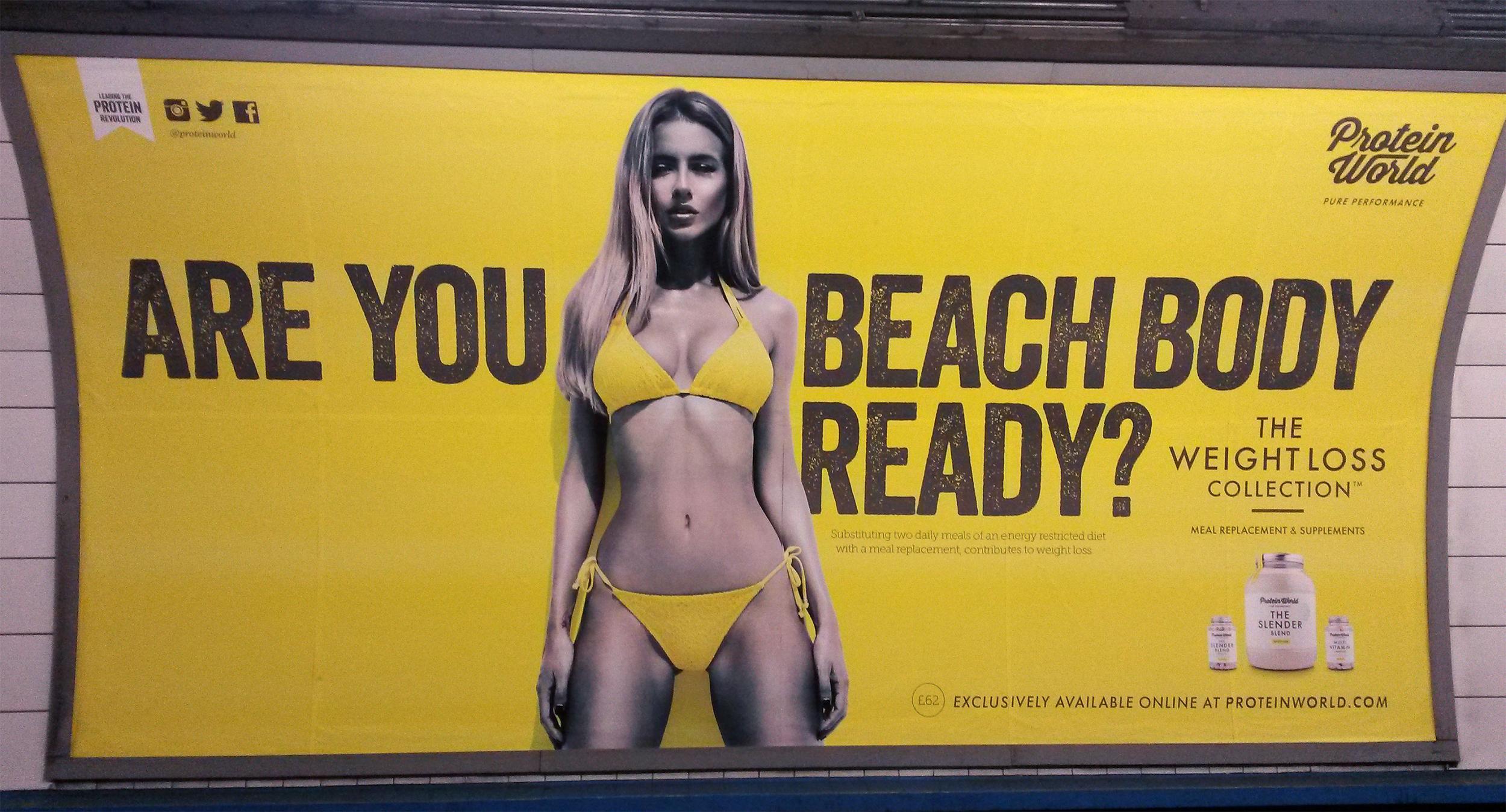The Independent's journalism is supported by our readers. When you purchase through links on our site, we may earn commission.
Women's Health readers vote to ban the term 'bikini body'
The magazine asked 'What word(s) and/or phrase(s) should we stop putting on our covers?'

Your support helps us to tell the story
From reproductive rights to climate change to Big Tech, The Independent is on the ground when the story is developing. Whether it's investigating the financials of Elon Musk's pro-Trump PAC or producing our latest documentary, 'The A Word', which shines a light on the American women fighting for reproductive rights, we know how important it is to parse out the facts from the messaging.
At such a critical moment in US history, we need reporters on the ground. Your donation allows us to keep sending journalists to speak to both sides of the story.
The Independent is trusted by Americans across the entire political spectrum. And unlike many other quality news outlets, we choose not to lock Americans out of our reporting and analysis with paywalls. We believe quality journalism should be available to everyone, paid for by those who can afford it.
Your support makes all the difference.Health, as Merriam-Webster defines it, is “the condition of being well or free from disease.” Popular health magazines, however, appear to be more concerned with the tightness of your butt.
Amy Keller Laird, editor-in-chief of Women’s Health, sensed from social media that her readers wanted more body positivity and less rigid depictions of beauty. So, as 2015 wrapped, the magazine sought brutal feedback, asking in a survey, “What word(s) and/or phrase(s) should we stop putting on our covers?”
Options included:
-Slim
-Shrink
-Lean
-Flat abs
-Best butt
-Bikini body
-Drop two sizes
More than half of respondents voted to ban "drop two sizes" and “bikini body." The latter is a staple of women’s magazines everywhere — and a prolific gossip subject.
The “bikini body” ban at one of America's largest health magazines, with a print circulation of roughly 1.5 million, comes less than a year after researchers at Appalachian State University singled out Women’s Health for reducing women to objects of lust.
The study, led by psychology professor Doris Bazzini, found both Women’s Health and Men’s Health focused more on body appearance than body function. Her team analyzed 54 covers of Women’s Health and Men’s Health magazines, published from 2006 to 2011, and concluded that teasers related to aesthetic outnumbered messages about, say, illness prevention.
Male readers were encouraged to grow big and muscular, according to the study, published in the scientific journal Sex Roles. Female readers received tips on slimming down. (Laird said she hadn’t seen the study.)
“Despite the fact that these magazines are intended to promote a healthy lifestyle, they do so through an arguably narrow lens, encouraging two different stereotypical body ideals...” the authors wrote. “For women, youth and thinness are valued and define feminine beauty.”
Comedian Amy Schumer also blasted the magazine at the Women's Media Awards in November. "Women’s Health, they have articles like 'How to Trick Your Stomach Into Thinking You Like That Weight,'" she said, "or 'Why Does My Vagina Smell Like a Christmas Ornament?'"
While ditching "bikini body" shows a growing awareness of this issue in women's magazines, photos that glorify fashion-model physiques persist in their pages.
Ellen McCracken, author of "Decoding Women’s Magazines," notes that women pictured in the glossy ads and editorials promote an unattainable fantasy. “They’re moving at a dinosaur's pace,” McCracken said, scrolling through the Women’s Health website. “They’re making a few tweaks.”
Laird said the magazine is addressing images, too. This month’s issue of Women’s Health features Michelle Obama, Laverne Cox and Shonda Rimes — women known for their achievements, rather than their bodies.
Social scientists say the mass media-reinforced belief that perfection arrives in a young, slender, white package can damage the self esteem of anyone who doesn't fit that mold. Bazzini's team cited a 2006 study of girls, ages 5 to 8, who answered questions about body image. About 40 percent of the elementary schoolers said they wanted a “thinner body.”
Research shows this early insecurity, which tends to bleed into adulthood, is linked to our airbrushed idols. Girls spot the toned abs on Gwyneth Paltrow and wonder: Why don’t I look that that? Will people still love me if I don't?
One month after television landed in a remote province in Fiji, Anne E. Becker, then director of research at the Harvard Eating Disorders Center, visited the island community to investigate its impact on viewers.
She conducted her first survey of high school-age girls in 1995, when TV was new, and in 1998, when TV was more routine. Fifteen percent of the second batch said they’d induced vomiting to control their weight, compared with three percent in the first survey. Twenty-nine percent in 1998 showed eating disorder symptoms, compared with 13 percent in 1995.
“The media is one of the main ways we get messages about the body,” said Sarah Murnen, a psychologist and professor at Kenyon College. “Among those who internalize the messages, they can lead to body dissatisfaction, eating disorders and depression.”
The messages come in words, pictures and airwaves, Murnen said. A young woman in the United States likely encounters “You should be thin” messages daily. She could wake up, pour a bowl of Special K cereal and notice the “Lose 5 pounds in 2 weeks” campaign on the box. She could open her laptop and catch a promo for the "Victoria’s Secret Fashion Show."
“Cultural products and practices in America support the thin ideal,” Murnen wrote in a 2012 paper. “The average young woman getting ready for work or school could encounter numerous products and messages that remind her of the importance of thinness.”
Washington Post
Join our commenting forum
Join thought-provoking conversations, follow other Independent readers and see their replies
Comments